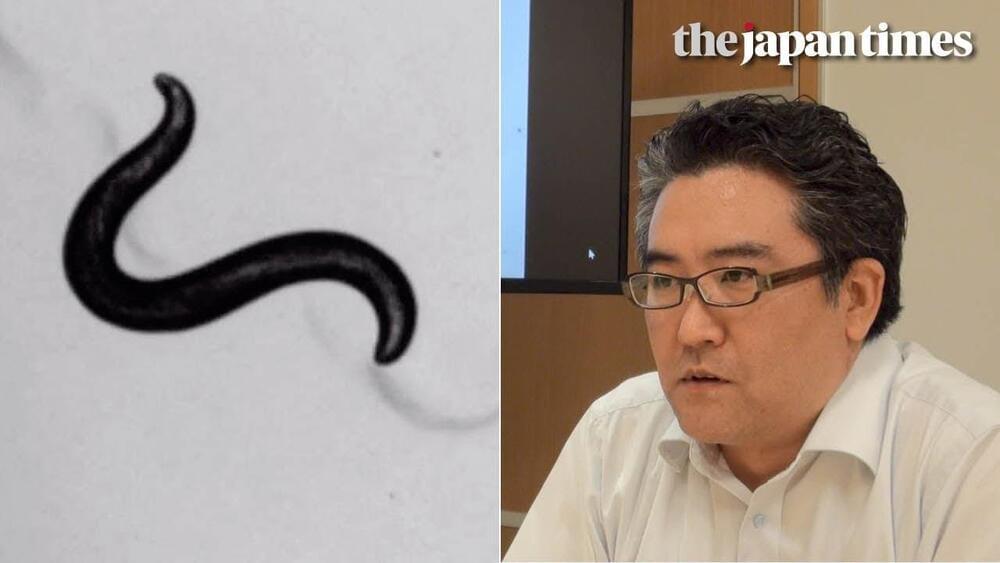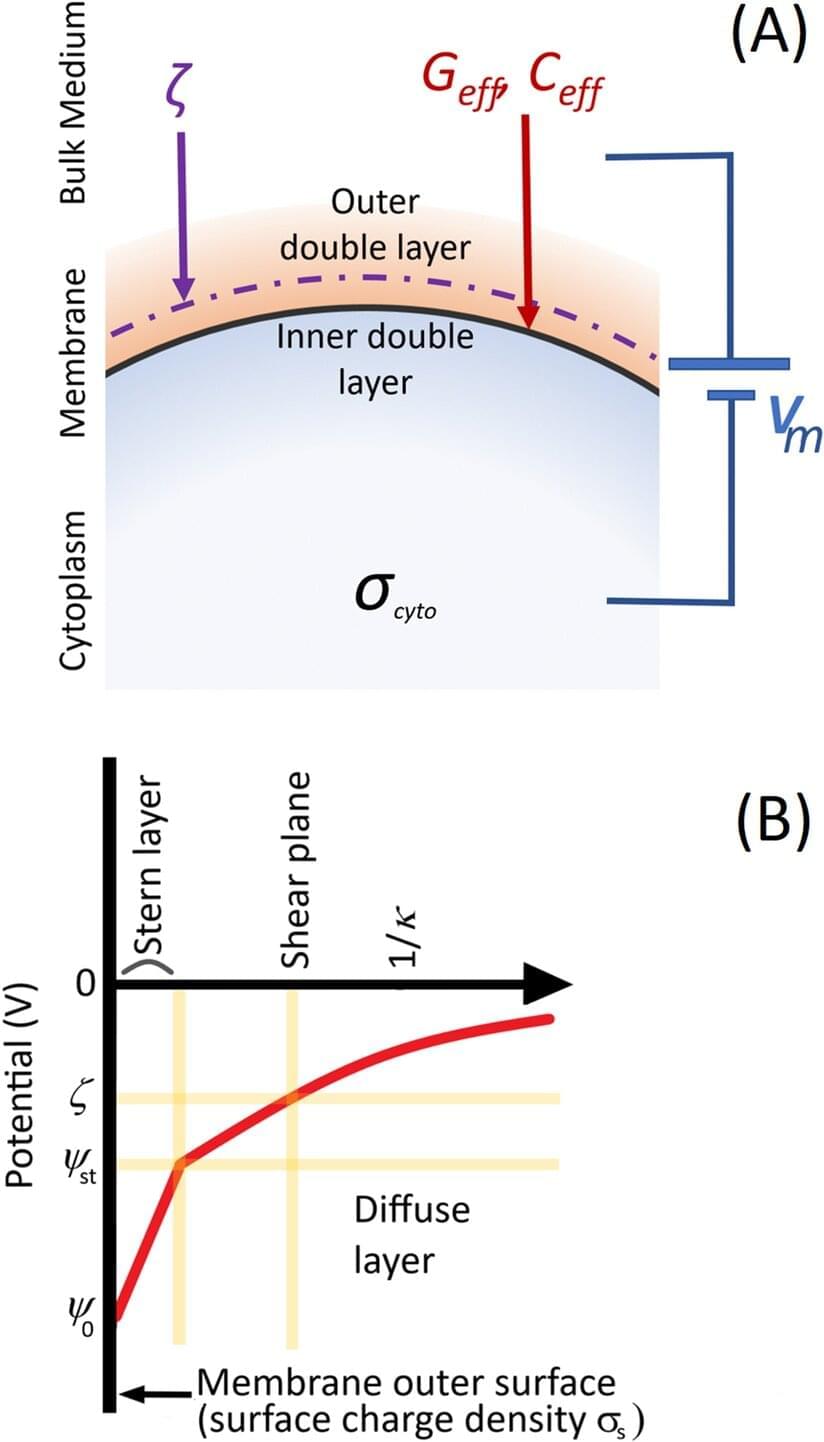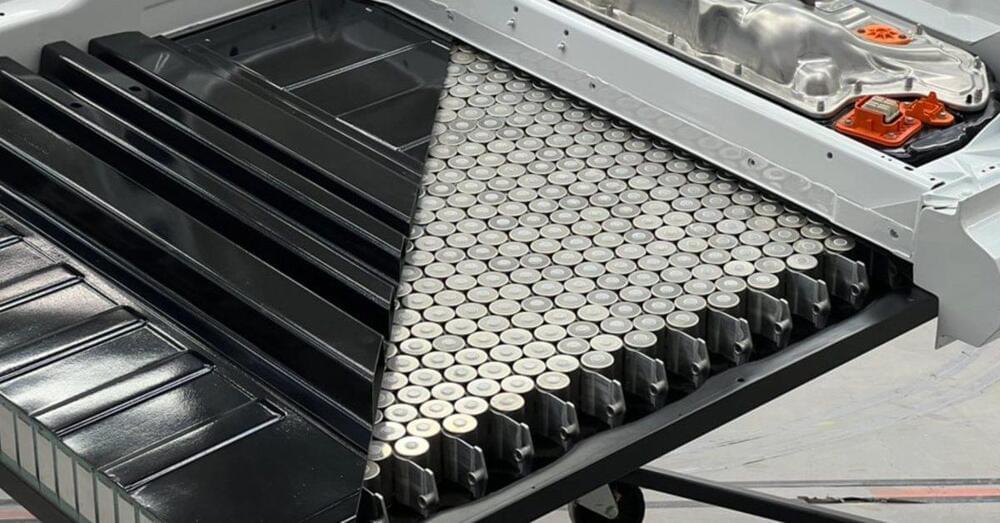BEIJING, Oct 11 (Reuters) — China’s military said on Monday it had carried out beach landing and assault drills in the province directly across the sea from Taiwan, though it did not link the exercises to current tensions with Taipei.
Democratically ruled Taiwan, claimed by China as its own territory, has complained of stepped-up military and political pressure from Beijing to force it to accept Chinese rule, including massed air force incursions into Taiwan’s air defence identification zone. read more
The official People’s Liberation Army Daily newspaper, in a brief report on its Weibo microblogging account, said the drills had been carried out “in recent days” in the southern part of Fujian province.









